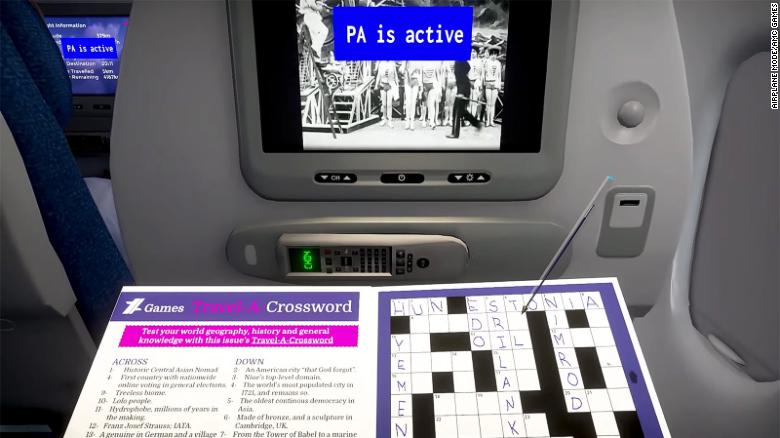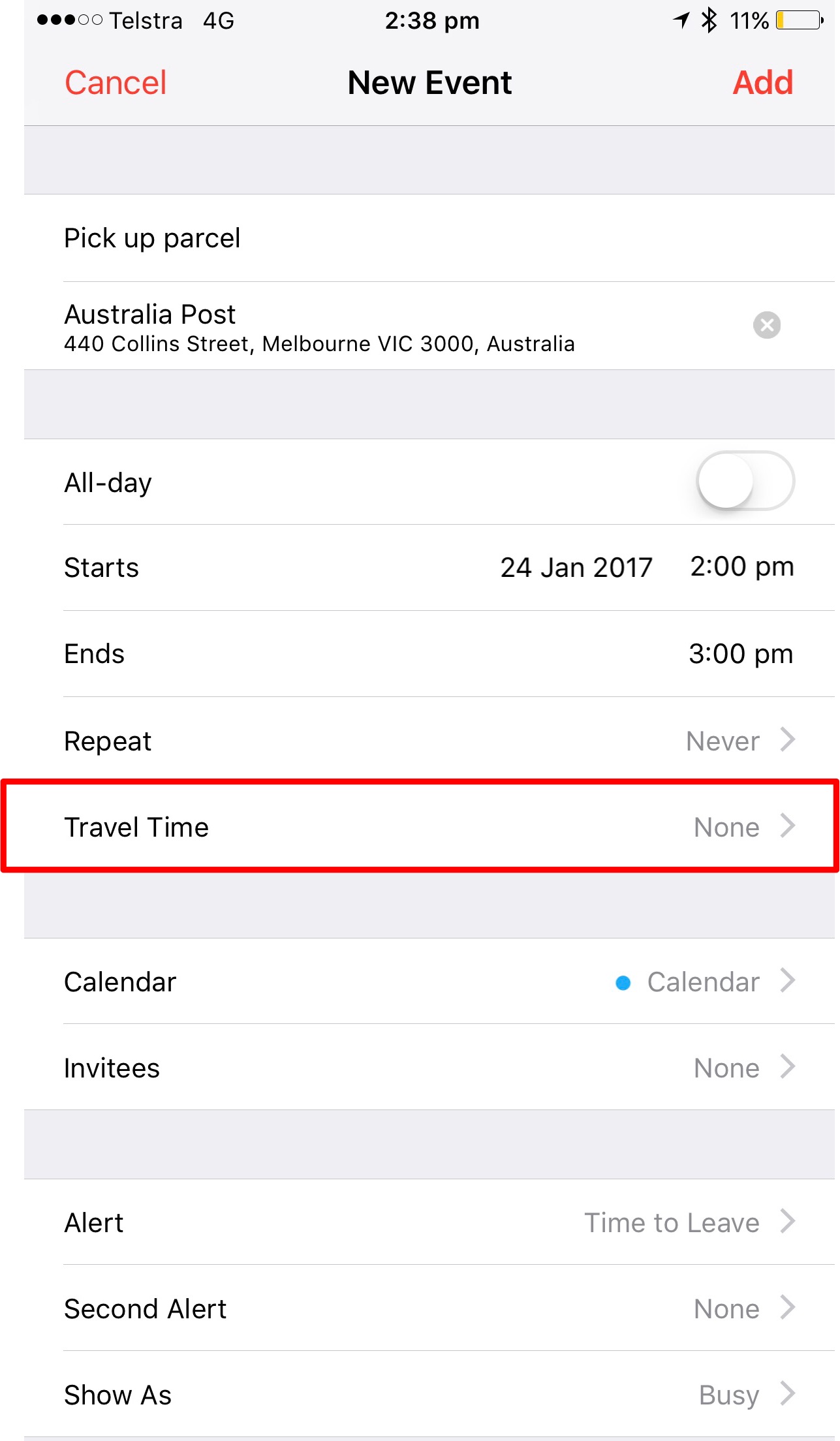

Overall, we propose a game-theoretic framework to study the multi-SU-pair multi-adversary scenario. We also propose two attack strategies for the adversaries: smart or naive. We propose algorithms for coalition formation for the SU pairs and the adversaries. We have taken into consideration the power radius of each SU pair to calculate the payoffs which decide if they should participate in a coalition or not. In the presence of primary users (PUs), we inspect the secondary user (SU) pair behavior in decentralized, ad hoc cognitive radio networks, before and after adversarial attacks. Dynamic spectrum sensing, channel hopping, allocation and strategically nullifying adversarial attacks are among the few.

Finally, we quantify the so-called price of anarchy, i.e., ratio of the utility yielded by the competitive setting to the outcome of a cooperative scenario.Ĭognitive radio technology brings a lot of interesting features which affect the transmission and reception properties of modern communication devices. Our work gives insights about the existence of Nash equilibria and identify them numerically. We then derive the strategies that minimize individual cost functions.

We model the medium access of the combined unlicensed and licensed system to quantify the performance of the system, in terms of the overall probability of failure, and validate the model against simulations. We formulate the problem using a game-theoretic approach to model the non-cooperative multi-tenant scenario. In a competitive scenario, where each tenant tries egoistically to minimize its share of the licensed spectrum, this may result in the tragedy of the commons like situation. Due to the stringent reliability and latency constraints of URLLC, the more expensive 5G licensed spectrum is used to serve the traffic that is not served by the unlicensed spectrum within a certain time budget. We study in this paper the transport of Ultra-Reliable Low-Latency Communications (URLLC) in the presence of multiple tenants in a system composed of unlicensed and licensed spectrum, the former being shared by the tenants. Indicative numerical results are provided to validate the operation and effectiveness of the proposed contract-theoretic approach. The proposed framework is complemented by a distributed user-cell association mechanism based on reinforcement learning (RL). To treat this issue in an effective manner, contract theory is adopted in order to incentivize each user to select the power level that optimizes its own utility, while each small-cell base station (SBS) rewards them inversely proportionally to their respective sensed interference.

In particular, the power allocation is performed under an incomplete information scenario, where the users’ channel conditions are unknown to the small cell. This paper aims at addressing the overall resource orchestration issue in 5G SCNs, by considering the problem of joint user to small cell association and uplink power allocation, employing NOMA technology. Recently, non-orthogonal multiple access (NOMA) small cell networks (SCNs) have been studied to meet the stringent requirements for spectral efficiency and massive connectivity in the emerging 5G networks. Our approach integrates two complementary ingredients: exponential learning (a derivative-based expression of the mirror descent algorithm with entropic regularization), and a single-function-query gradient estimation technique derived from a classic approach to derivative-free optimization. With focus on the throughput maximization problem in a MIMO multiple access channel, we propose a “derivative-free” optimization methodology relying on very little feedback information: a single function query at each iteration. In this paper we show that multi-user MIMO networks can be optimized without using any derivative information. In the context of large-scale MIMO, however, computing and conveying large arrays of function derivatives across a network has a prohibitive cost to communication standards. Distributed solutions dedicated to that end include iterative optimization algorithms involving the computation of the gradient of a given objective function, and its dissemination among the network users.
#Mac games for travelling full#
In wireless communication, the full potential of multiple-input multiple-output (MIMO) arrays can only be realized through optimization of their transmission parameters.


 0 kommentar(er)
0 kommentar(er)
